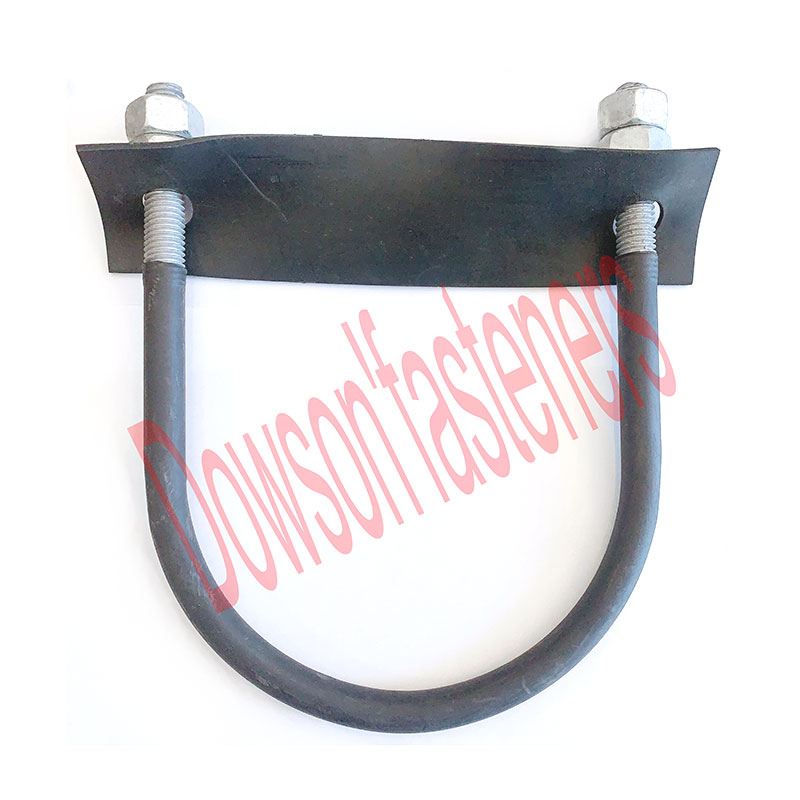Beyond Protection: Unveiling the Purpose of Chromate Conversion Coating on Bolts
2023-12-21
Introduction:
In the realm of fasteners, bolts serve as the unsung heroes holding together structures, machinery, and various components. To fortify these essential components against the relentless forces of corrosion and wear, a layer of defense is required. Chromate conversion coating steps onto the stage as a crucial protector, enhancing the durability and performance of bolts. In this blog post, we'll delve into the purpose of applying a chromate conversion coating on bolts, unraveling the layers of benefits that this coating brings to these integral fasteners.
Corrosion Resistance:
1. Forming a Protective Barrier:
The primary purpose of chromate conversion coating on bolts is to create a protective barrier against corrosion. Bolts, often exposed to harsh environmental conditions, moisture, and corrosive agents, can be vulnerable to rust and degradation. Chromate conversion coating forms a shield, inhibiting corrosion and extending the lifespan of bolts.
2. Resistance to Oxidation:
Bolts are susceptible to oxidation, a natural process where metals react with oxygen. Chromate conversion coating hinders this oxidation process, ensuring that the bolts maintain their structural integrity over time and resist the effects of atmospheric oxygen.
Enhanced Adhesion for Paint and Lubricants:
1. Improved Paint Adhesion:
Chromate conversion coating provides an ideal surface for the adhesion of paint or other protective coatings. This is especially valuable in applications where additional layers of protection are desired, such as in automotive or construction settings.
2. Facilitates Lubrication:
The smooth and adherent surface created by chromate conversion coating facilitates the application and adherence of lubricants. This feature is advantageous during assembly and disassembly processes, making it easier for users to work with bolts without encountering excessive friction.
Electrical Conductivity:
Maintaining Electrical Conductivity:
In certain applications, maintaining electrical conductivity is crucial. Chromate conversion coating allows bolts to preserve their electrical conductivity while still benefiting from the protective layer against corrosion.
Visual Identification:
Color Coding for Different Alloys:
Chromate conversion coating often imparts a distinctive color to the surface of bolts. This color can be utilized for visual identification, particularly in applications where different alloy types or grades of bolts are used. This aids in easy identification and sorting during manufacturing or assembly processes.
Adherence to Environmental Regulations:
RoHS Compliance:
The use of chromate conversion coating allows bolts to comply with environmental regulations, such as the Restriction of Hazardous Substances (RoHS) directive. RoHS restricts the use of certain hazardous materials in electrical and electronic equipment, and chromate conversion coating provides a corrosion-resistant solution without relying on environmentally harmful substances.
Cost-Effective Protection:
Economical Solution:
Chromate conversion coating provides a cost-effective solution for protecting bolts against corrosion. The process adds a protective layer without significantly increasing the overall cost of manufacturing, making it an economical choice for various applications.
Conclusion:
Chromate conversion coating on bolts is not just a superficial layer; it's a shield that extends the life and performance of these essential fasteners. By inhibiting corrosion, facilitating additional protective coatings, and offering benefits like improved electrical conductivity, chromate conversion coating plays a pivotal role in the durability and reliability of bolts. As bolts continue to serve as the backbone of structures and machinery, the purposeful application of chromate conversion coating ensures that they stand resilient against the tests of time and environmental challenges.



